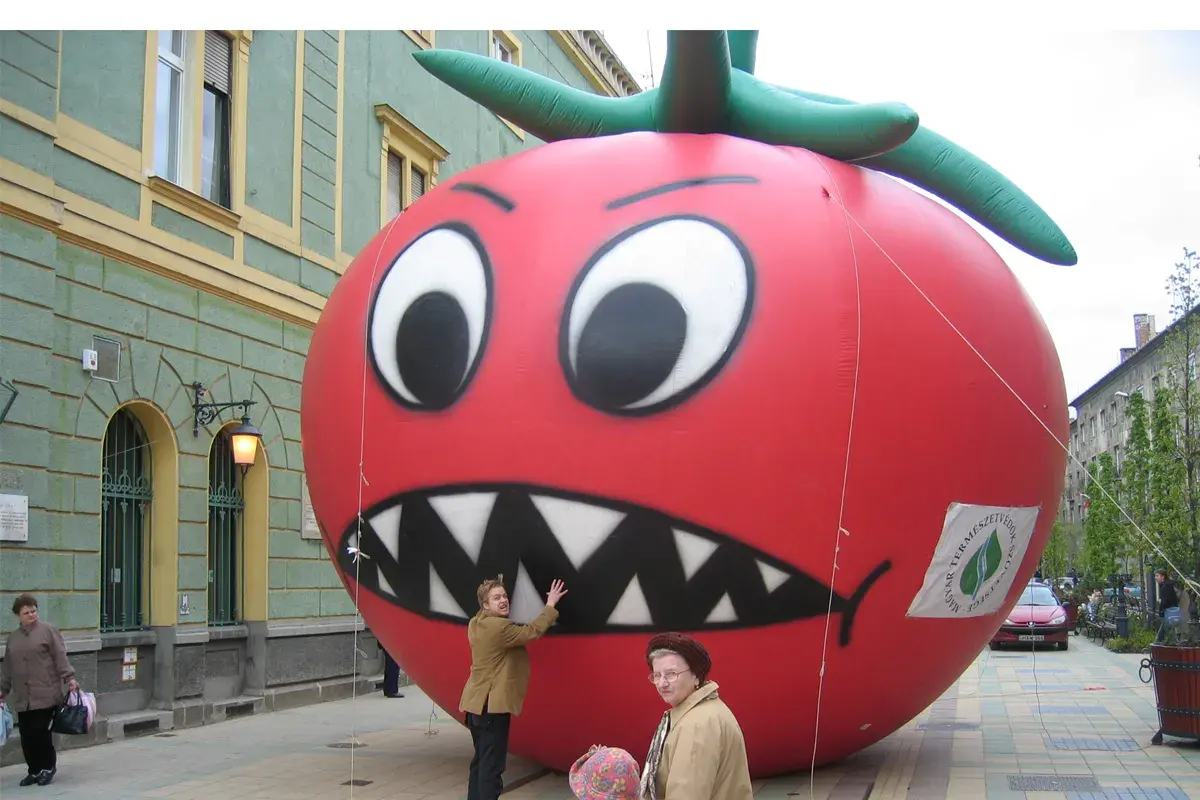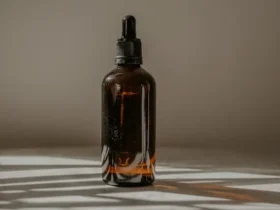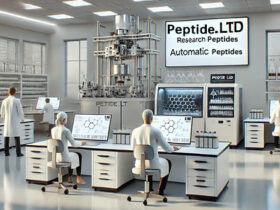If there is one company that left its humble origins in the dust, it is the agrochemical giant Monsanto. Originally a manufacturer of saccharin, an artificial sweetener, Monsanto has accumulated quite the accolades through the years.
Presently, its highest feat seems to be the monopoly it enjoys over the seed market. The world continues to marvel at how Monsanto (now Bayer) manages to generate profits, no matter what. If its patents expire, there are always more soybean seeds to sell. When corn business sinks, technology licenses compensate for the loss.
If it loses a particular market’s share, more receptive avenues open up in others. Unsurprisingly, Bayer’s net worth is a whopping $53.3 billion in 2023. Despite such wonders, the company possesses all the hallmarks of a troubled one (with a dark history).
In this article, we will walk through the past to discuss three of Monsanto’s biggest mistakes or blunders.
Agent Orange
From the looks of it, Monsanto enjoyed every opportunity to play with fire and gamble with lives. One of its breakthrough innovations or disasters was the color-coded herbicide Agent Orange, developed during the Vietnam War.
Between 1961 and 1971, the US military forces had this herbicide sprayed over the country’s foliage to kill trees covering the opposing troops. This chemical had a dual purpose; it also wiped out crops that the Vietnamese forces might feed upon.
Nearly 50 million liters of the chemical (containing 375 pounds of dioxin) were sprayed over the entire region. It would be an understatement to say that it did its job. Besides the veterans, even innocent citizens paid a heavy price.
Agent Orange was responsible for causing an incredibly high incidence of birth defects, miscarriages, congenital disorders, and cancers. Numerous servicemen suffering from long-term exposure later filed a lawsuit against Agent Orange manufacturers (Monsanto being the prime defendant).
There were around 250,000 plaintiffs in the class-action multi-district litigation (MDL). The suit was settled out of court in 1984, where a fund of $180 million was created to compensate the victims. The US Department of Veterans Affairs (VA) compensated close to 1,800 plaintiffs separately.
Even today, the victims are suffering the consequences of Agent Orange, down to their children and grandchildren. It is estimated that the chemical adversely impacted the lives of some 3 million individuals. As for Monsanto, it dusted off the matter with money (something which the company already had in abundance).
Polychlorinated Biphenyls (PCBs)
Polychlorinated Biphenyls (PCBs) are a cluster of some 200 fabricated chemicals with no natural origin whatsoever. The initial phase of commercial production was started by the Swann Chemical Company in 1929. However, Monsanto expertly took over production in 1935.
One must wonder what aroused the dire need to produce an entire class of synthetic chemicals. PCBs had a high boiling point, impressive chemical stability, non-flammability, and offered unmatched electrical insulation. As a result, they found a massive market in industrial applications.
These included transformers, capacitors, plasticizers, hydraulic fluids, and lubricants. Despite wide use cases, these chemicals proved to be a hazard to mankind and the environment. The Agency for Toxic Substances and Disease Registry (ATSDR) states that occupational exposure may lead to dermal lesions, respiratory issues, and hepatic damage.
PCB exposure symptoms may range from pale yellow skin lesions to changes in the color of urine and blood. Both the Environmental Protection Agency (EPA) and the International Agency for Research on Cancer (IARC) classify these chemicals as possibly human carcinogenic.
Research is ongoing to understand the latency period of these chemicals. Though Monsanto stopped production in 1977 and the EPA banned these chemicals in 1979, there is an active lawsuit today across Federal courts. Over the years, the gruesome effects of PCBs have come to light.
According to TorHoerman Law, plaintiffs have accused Monsanto of concealing the risks associated with these chemicals. Mainly involving government agencies and municipalities, the PCB lawsuit is being thoroughly investigated.
The leading case in this lawsuit is that of the city of Milwaukee, which has alleged that PCBs led to water contamination. However, Bayer has been denying all responsibility, stating that PCB production was stopped nearly 45 years ago. Only time will unveil the outcome of Monsanto’s slipup.
Glyphosate or Roundup
It was indeed a fateful day in 1970 when Dr. John Franz, a Monsanto chemist, discovered the herbicidal activity of glyphosate. By 1974, the company had started producing Roundup weed killer on a commercial scale.
Touted to be a highly effective and safe-to-use herbicide, Roundup was marketed as non-selective. In other words, this herbicide was potent in killing most varieties of weed without impacting the crops they grew around.
Before we even chastise Monsanto for a chemical blunder, let’s talk about the importance of weeds. They may seem like a nuisance, but not all of them are ‘unwanted overgrowth that impedes a plant’s growth.’
Some are important agents of soil conservation, their roots penetrating deep down to trap nutrients that the crops may not. By its very nature, Monsanto’s Roundup would kill even the healthy kind of weeds.
Not to mention its health effects are bad enough to cause cancers like non-Hodgkin’s lymphoma, liver and kidney damage, etc. One can only imagine how gut-friendly the crops grown using Roundup would be.
Farmers and those exposed to Roundup (glyphosate) for extended periods have filed a lawsuit against the company for their injuries. By 2020, Bayer had settled over 100,000 lawsuits with $11 billion. Since the beginning of 2023, Roundup production for residential consumers has stopped.
However, the bottom line is that commercial farmers still have access to this weed killer. Moreover, the move was simply Bayer’s attempt to avoid further lawsuits.
Parting Thoughts
Now with Bayer’s dominance over America’s food chain, the company is considered to be the most evil corporation in the world. Many even suspect Bayer’s acquisition was a desperate effort to wipe the slate clean.
But will a change of name also lead to a change of character? As lawsuits pile up from decades past, it’s scarcely viable for Bayer to alter Monsanto’s fate. The only reason the company has escaped the just reward for its notoriety is due to power and assets.








Hello!! My name is Annabella
I love to eat, travel, and eat some more! I am married to the man of my dreams and have a beautiful little girl whose smiles can brighten anyone’s day!